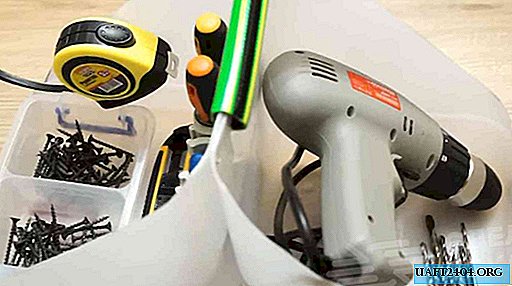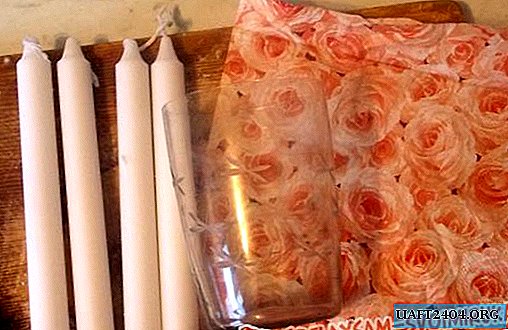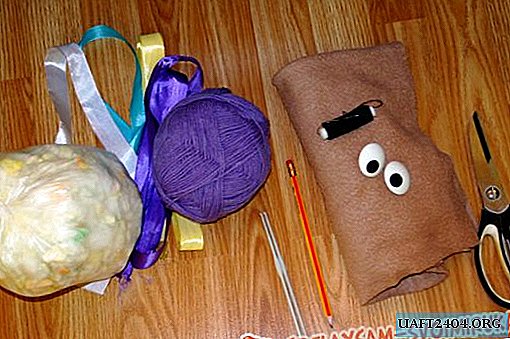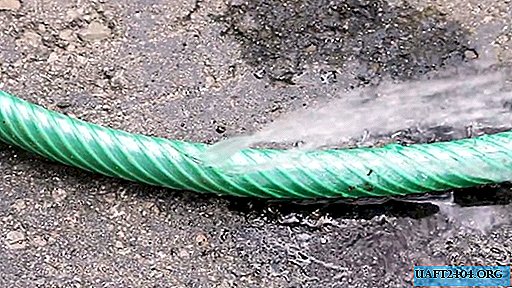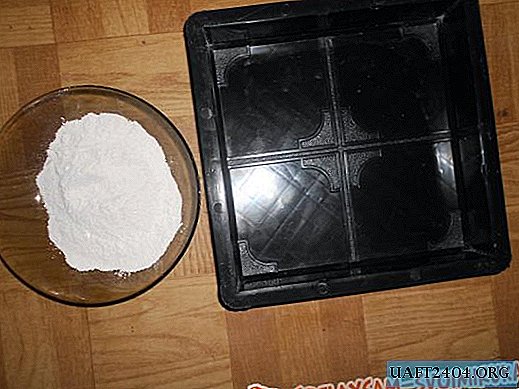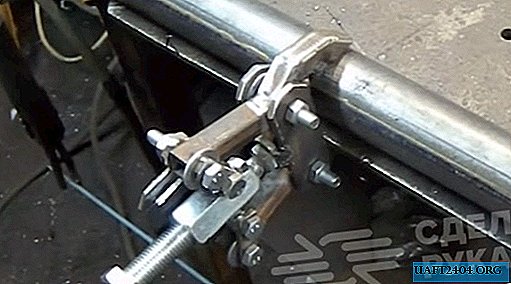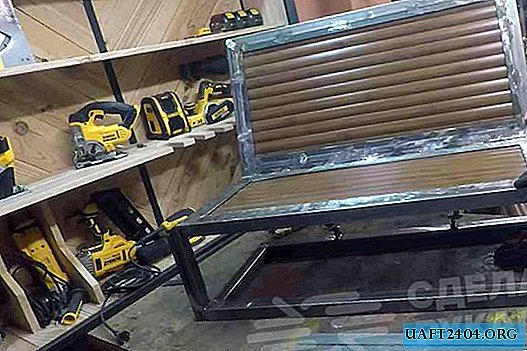Share
Pin
Tweet
Send
Share
Send
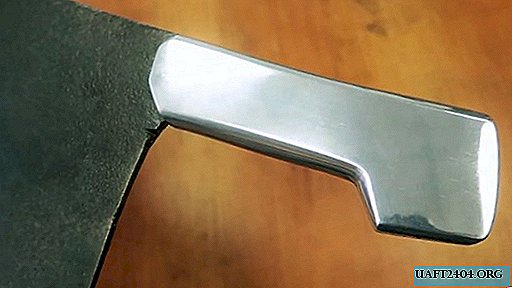
Necessary materials:
- dense polyfoam or expanded polystyrene;
- hot glue;
- gypsum or alabaster;
- cast aluminum;
- sand with clay.
Outflow handle

The first step is to release the shank. We remove the remnants of wood and cut off the rivets.

We knock out or drill their remains.

The blade is very rusty, it is better to clean it before casting. This can be done mechanically or using electrolysis.


Since the new handle will pour out on top of it, for adhesion it is necessary to make several holes in it, but not too large so as not to reduce the strength.

From two halves of dense foam, you need to cut the handle of the required shape.

Since it will be cast from aluminum, a casting channel will be required. To do this, it is necessary to leave a long branch on the foam, into which molten metal will be poured. To increase the chances of casting the first time, it is better to prepare two gutters under the gate in front and in the headband of the handle.
The foam mold must be glued to the shank using hot melt adhesive.


From above it is covered with gypsum or alabaster. For this, the composition is diluted sufficiently liquid and coated with a brush.

The dried handle is placed in any container and is filled with sand mixed for density with clay. If there is not enough sand to cover the sprue, you can put a piece of pipe or a tin can on top, receiving an add-on.

Aluminum is melted in a crucible.

After the transition to a liquid state, it is necessary to remove the film collected from above from it. She is captured by a metal spoon or scoop.

As soon as there is no film on top, the metal can be poured into the gate. It will begin to melt the foam, taking its place. In this case, sand will not crumble, because it is held by a shell of gypsum. It is possible that the first time to calculate the required amount of metal and pour everything accurately will not work. In this case, after solidification, the defective handle will have to be cut and the process repeated.

Having achieved full filling of the foam plastic with aluminum, sprues and unnecessary deposits are cut from the handle.

Then, with a file, she indulges in the necessary shape of the handle.

Then smoothing with fine sandpaper is performed.

It is also advisable to polish it with a wheel or manually.


The result is excellent.


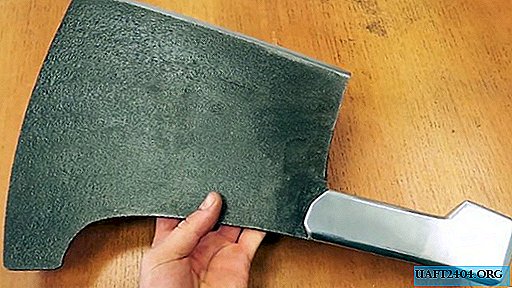
Share
Pin
Tweet
Send
Share
Send

